US ‘in no fit state’ to defend Taiwan if China invades
US is not ready for the growing possibility of a war with China, and lacks long-range missiles needed to protect forces around Taiwan, experts warn.
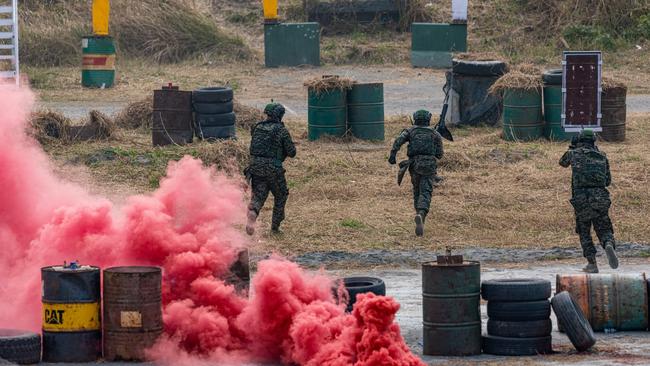
The United States is not ready for the growing possibility of a war with China, and lacks the long-range missiles needed to protect forces around Taiwan, US military experts have warned.
The navy’s top commander, Admiral Mike Gilday, said four months ago that China could invade Taiwan before next year. Yet the strategic implications of the island falling into Beijing’s hands have not been properly assessed in Washington, a report by the Pacific Forum, an influential US foreign policy research institute, concludes.
If Taiwan were seized by the People’s Liberation Army (PLA), with or without US military intervention, the impact on US credibility around the world would be devastating, the report’s authors said. In the introduction they stated: “This is not a hypothetical assessment. Taiwan has been increasingly under the threat of a military takeover by the People’s Republic of China (PRC).”
Ian Easton, an authority on Taiwan and one of the authors of the report, entitled “The World after Taiwan’s Fall”, outlined two “nightmare scenarios”. In the first, Taiwan falls to the PLA without US or allied intervention. In the second, Taiwan is stormed and occupied by the PLA despite belated US and allied attempts to forestall it.
War games, exercises, and books can tell us what it might look like if China attacks Taiwan. But they say little about why Taiwan matters and is worth defending. This new study examines what the world would lose if Taiwan falls — and what happens next. https://t.co/ilhzDN4K8jpic.twitter.com/PY3uEkFiTl
— Ian Easton (@Ian_M_Easton) February 16, 2023
In the first scenario, the government in Taiwan, faced with a PLA invasion and without international help, decides to engage in peace talks. However, during negotiations in Hong Kong, a lightning invasion goes ahead and Taiwan “falls without an all-out fight”.
The invasion would start with PLA armed drones destroying radar sites and intelligence-collection facilities on Taiwan’s outer islands, followed by submarines launching unmanned underwater vehicles to sever fibre-optic cables connecting the island to Japan and Guam, where US forces are based.
Soon afterwards, missiles, guided rockets and attack drones would “shower Taiwan, devastating the government”. When a full-scale invasion is launched, the PLA seizes US weapon systems on the island and China takes control of Taiwan’s microchip plants, on which the US and other western nations rely.
In the second scenario, Taiwan falls after an intense battle that ultimately includes the US and its allies after protracted attempts by Washington to forge a coalition with NATO, Japan, South Korea and Australia. The US and allies discover the PLA is more capable than Russia’s inadequately supplied and commanded invasion force in Ukraine.
Hundreds of US and allied pilots are lost over the western Pacific. Thousands of US marines land on Taiwan but suffer 50 per cent casualties before surrendering. Most of the US Pacific Fleet is sunk. “Regardless of how Taiwan is captured by the Chinese authorities, the region and the world will have lost a leading democracy, and the security architecture of the region will be altered. This would be a traumatic – and potentially catastrophic – event in the history of American foreign policy,” Easton writes.
“The top of the South China Sea would be ‘corked’, providing PLA ballistic missile submarines with a maritime bastion and further reinforcing China’s military dominance of southeast Asia,” Easton writes. “Nuclear arms racing would start and could easily spiral out of control. The likelihood of World War Three breaking out could climb higher than anything previously seen.”
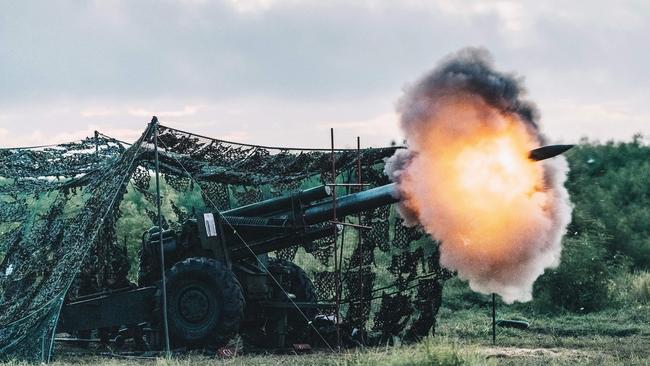
He envisages that Japan would be forced to “go nuclear” and North Korea could seek China’s help to attack South Korea. “It is possible that a Chinese invasion of Taiwan would (also) cause a 21st-century version of the great depression. Globalisation would probably cease to exist as the world splintered into hostile trade and security blocs,” he says.
The fall of Taiwan, Easton concludes, would undermine perceptions of the US as a world leader. “China would be viewed as the most powerful nation in the world and the primary mover of the 21st century.”
The warning from the institute coincided with a bleak assessment to Congress, which revealed that the Pentagon had inadequate stocks of long-range anti-ship missiles for destroying Chinese warships engaged in an invasion of Taiwan.
The Pentagon concluded that US fighter bombers would need 1000-1200 long-range anti-ship missiles for the pilots to stay at a relatively safe distance from air defences and “destroy the Chinese navy”, according to testimony given to the House armed services committee.
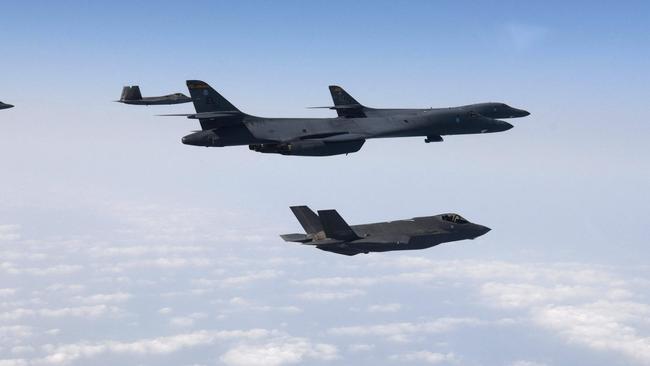
“The current US inventory contains less than 250 of these missiles,” the committee was told by a former US navy commander. At the present rate of production – between 38 and 88 a year – the Pentagon would reach 1200 of the missiles only by 2035-2050.
US leaders have been told that the anti-ship missiles can be launched only from B-1 bombers, which have “poor readiness”, and F-18 fighter jets, which would require the presence of aircraft carriers in the region. “The air force has been very slow in working to make the B-52 capable of launching these missiles,” the congressional report said, referring to the US long-range bomber.
Beijing has always said reunification of Taiwan with the Chinese mainland, by force if necessary, will happen. Intensified PLA invasion rehearsals in the past six months have suggested that Beijing might have plans to take the island by force in the next two or three years.
The report to Congress also urged Washington to consider positioning munitions in Taiwan. “In the case of a Chinese blockade or invasion of Taiwan, it will be nearly impossible to resupply Taiwan,” it concluded.
The Times

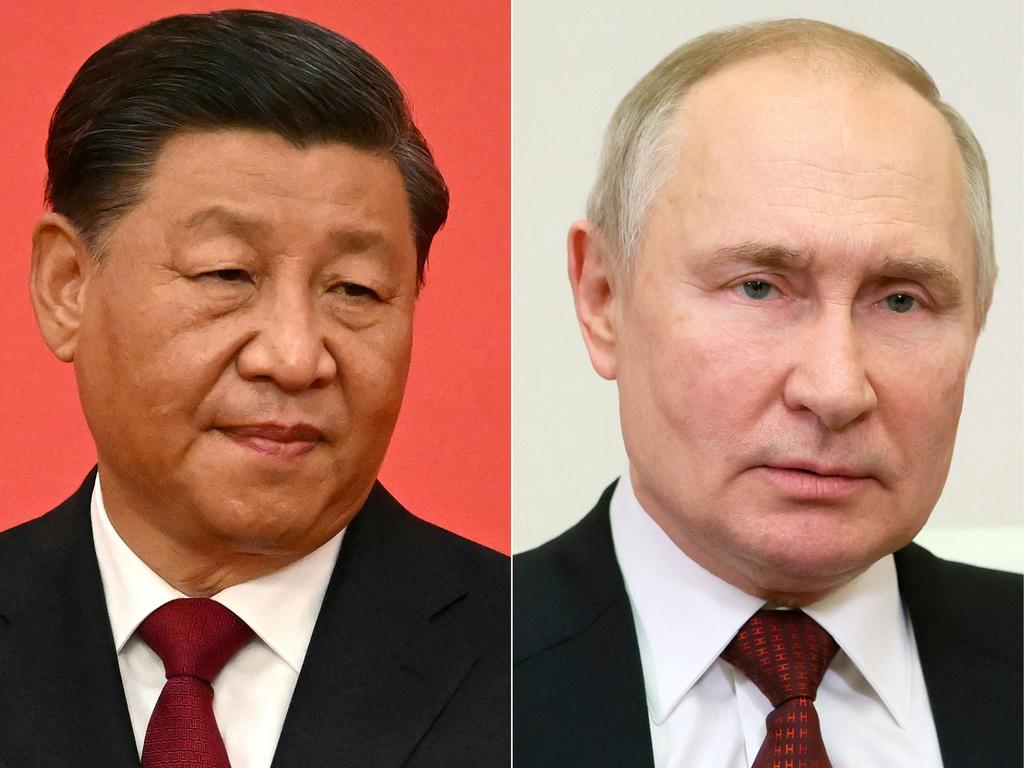
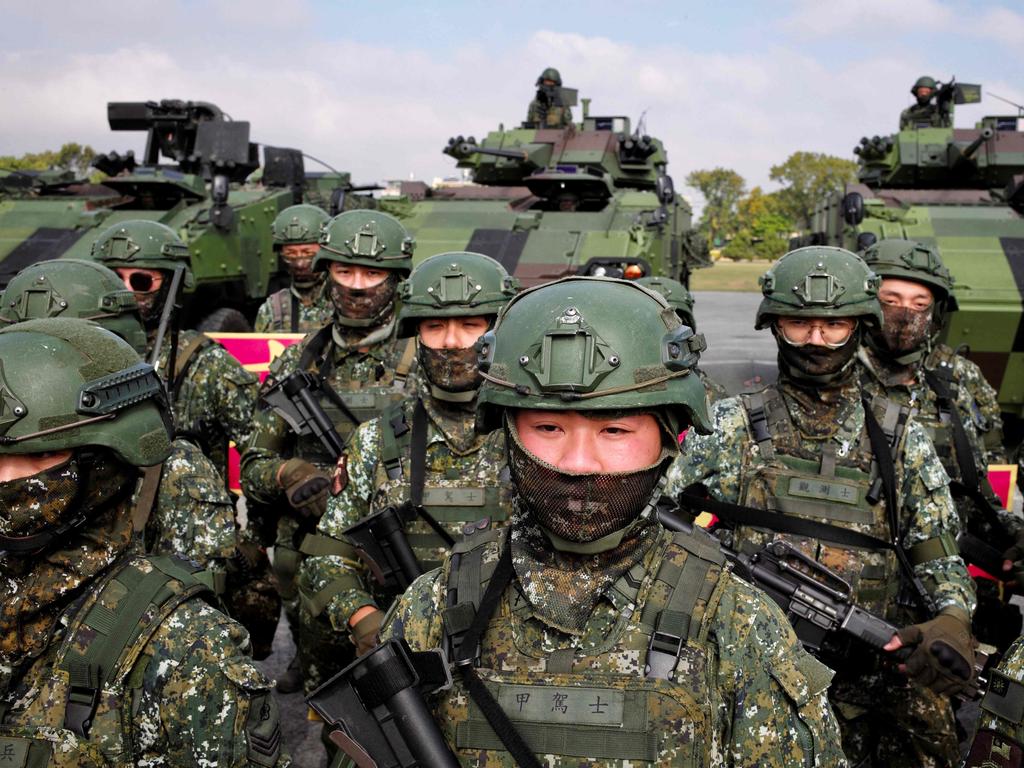

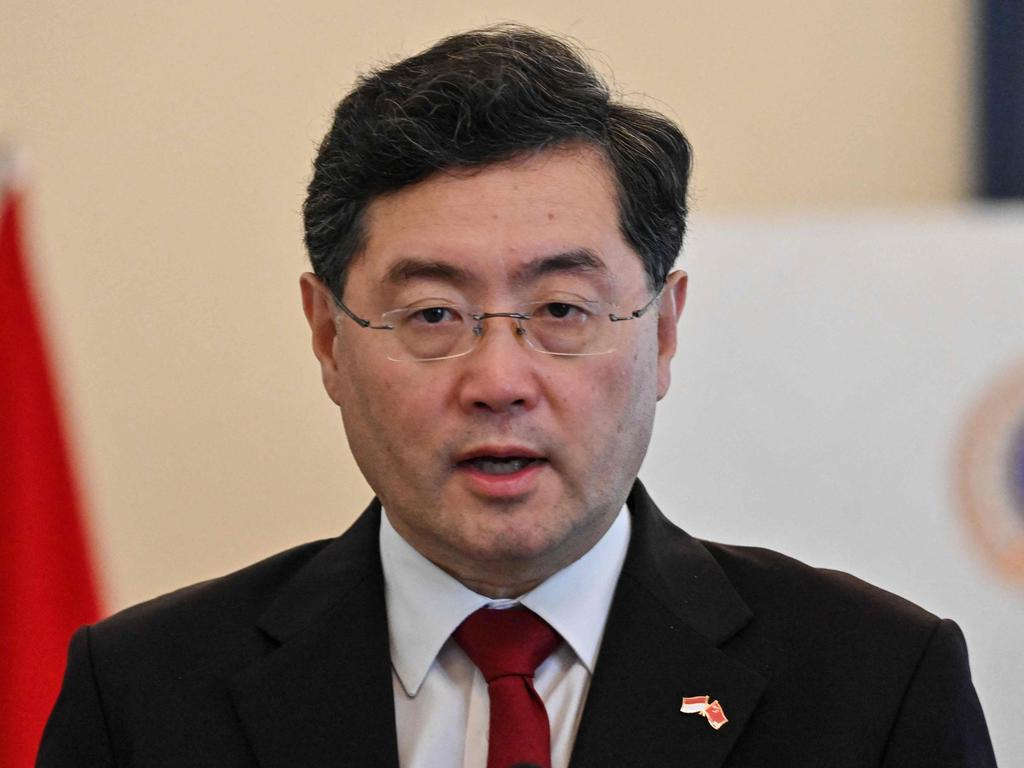


To join the conversation, please log in. Don't have an account? Register
Join the conversation, you are commenting as Logout